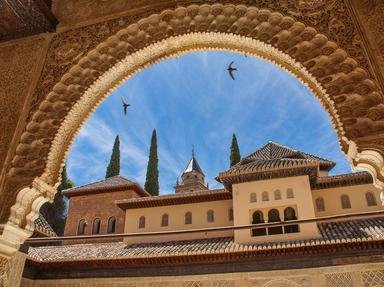3. "The rain in Spain soaked a poor common crane"
The common crane, a migratory species that often winters in western Spain, has what tautonymous Latin name?
From Quiz The Rain in Spain
Answer:
Grus grus
The common (or Eurasian) crane is a large, generally greyish bird, with a distinctive red flash on its head and an impressively plumed tail. It is normally found across northern Europe and Asia from Norway and Denmark in the west to Russia and Mongolia in the east. However, each winter these birds embark on relatively long migrations to the warmer climes of Spain, northern Africa, India and southern China. To be honest though, no common crane deciding on Spain as a holiday destination would be likely to expect a thorough soaking during its stay.
Buteo buteo is the common buzzard, Coturnix coturnix is the common quail, and Gallinargo gallinargo is the common snipe.






 Quick Question
Quick Question = Top 5% Rated Quiz,
= Top 5% Rated Quiz,
 A Well Rated Quiz
A Well Rated Quiz